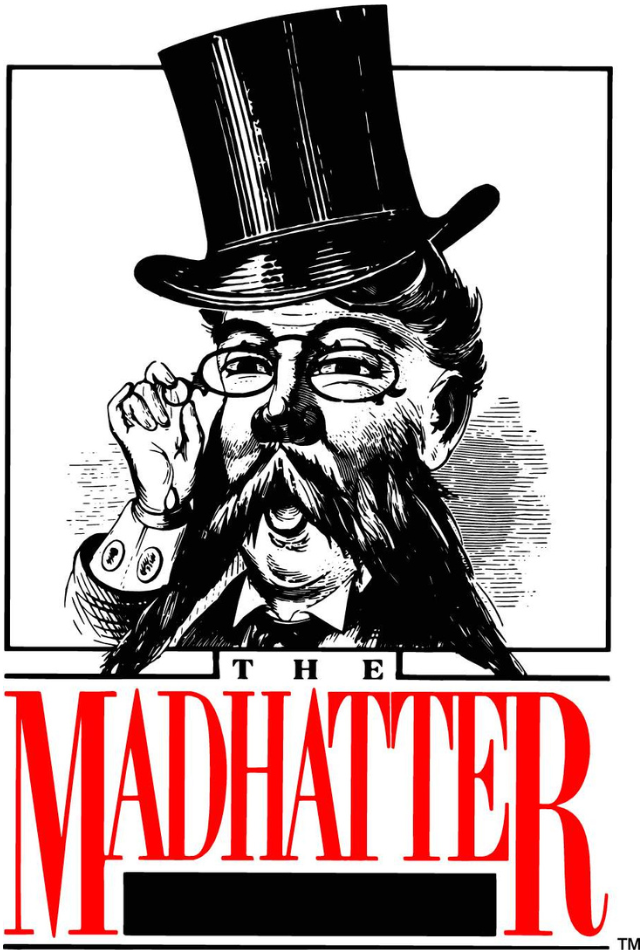The phrase “mad as a hatter” is deeply embedded in popular culture, often evoking images of eccentricity, whimsy, or outright insanity. Most famously, it’s associated with Lewis Carroll’s Mad Hatter from Alice’s Adventures in Wonderland—a character known for his nonsensical riddles and chaotic tea parties.
But where did this peculiar expression come from? Was it purely a literary invention, or did it have real-world origins? The truth is a fascinating blend of industrial history, mercury poisoning, linguistic evolution, and literary influence.
In this article, we’ll explore:
- The Industrial Origins: Mercury Poisoning and “Hatter’s Shakes”
- The Literary Influence: Lewis Carroll’s Mad Hatter
- Pre-Carroll Usage: The Phrase in Early Literature
- Alternative Theories: From “Mad as an Atter” to Eccentric Personalities
- The Mad Hatter’s Legacy in Pop Culture
The most widely accepted explanation for the phrase “mad as a hatter” stems from the toxic effects of mercury exposure in the 18th and 19th-century hat-making industry.
- The Deadly Process of Felting
Hatmakers (or hatters) used mercurous nitrate to soften and shape animal fur (often rabbit or beaver) into felt.
This process, called “carroting” (due to the orange tint it gave the fur), exposed workers to mercury vapors daily 36.
Symptoms of Mercury Poisoning
- Prolonged exposure led to erethism mercurialis, or “Mad Hatter’s Disease”, which caused:
- Tremors (“hatter’s shakes”)
- Slurred speech, memory loss, and irritability
- Hallucinations and extreme mood swings
- The “Danbury Shakes”
- In Danbury, Connecticut, a major U.S. hat-making hub, mercury poisoning was so common it was called the “Danbury Shakes”
- The U.S. only banned mercury in hat production in 1941, long after its dangers were known.
- Key Takeaway: The phrase likely originated from the real-life neurological damage suffered by hatters, making them appear “mad.”
While “mad as a hatter” predates Alice in Wonderland (1865), Carroll’s Hatter cemented the phrase in popular culture.
Was Carroll’s Hatter Actually Called “Mad”?
Surprisingly, no—the character is simply called “the Hatter” in the book.
The Cheshire Cat describes him as “mad”, linking him to the pre-existing phrase.
Inspirations for the Character
Carroll may have drawn from:
- Theophilus Carter, an eccentric Oxford furniture dealer who wore a top hat and was locally nicknamed “the Mad Hatter”.
- Samuel Ogden (“Mad Sam”), a Manchester hatter known for erratic behavior.
The Endless Tea Party
- The Hatter’s eternal tea party (stuck at 6 PM) reflects the disorientation of mercury poisoning—though Carroll never explicitly confirmed this.
- Key Takeaway: Carroll didn’t coin the phrase but popularized the image of a “mad” hatter in fiction.
The phrase “mad as a hatter” appeared decades before Alice in Wonderland:
- 1829: First recorded in Blackwood’s Edinburgh Magazine.
- 1849: Used by William Makepeace Thackeray in Pendennis.
- 1835: Appeared in Thomas Chandler Haliburton’s The Clockmaker.
Key Takeaway: The phrase was already in common use before Carroll’s Hatter existed.
While mercury poisoning is the leading theory, other explanations exist:
- “Mad as an Atter” (Old English Origin)
Some linguists argue the phrase evolved from “mad as an atter” (Old English for “poisonous as a viper”).
- Roger Crab: The Radical Hermit
A 17th-century hatter-turned-hermit, Roger Crab, was known for extreme behavior (giving away possessions, wearing sackcloth).
- The Verb “Hatter” (To Harass)
Samuel Johnson’s 1755 dictionary defined “hatter” as “to harass or weary”, possibly influencing the phrase.
Key Takeaway: While mercury poisoning is the most likely origin, language and eccentric figures may have contributed.
Carroll’s Hatter became an icon of madness, inspiring:
- Disney’s 1951 animated film (voiced by Ed Wynn).
- Johnny Depp’s portrayal in Alice in Wonderland (2010).
- “Mad Hatter Syndrome”—a nickname for chronic mercury poisoning.
Key Takeaway: The Mad Hatter remains a symbol of whimsical insanity, blending industrial history with literary fantasy.
The term “mad as a hatter” is a fusion of real-world tragedy and literary imagination. From the toxic workshops of 19th-century hatters to the whimsical pages of Alice in Wonderland, its origins are as complex and intriguing as the Hatter himself.
Next time you hear the phrase, remember:
- It may stem from mercury-induced madness.
- Carroll’s Hatter wasn’t officially “mad”—just eccentric.
- The expression predates Wonderland by decades.
Whether referencing industrial hazards or fictional tea parties, “mad as a hatter” remains one of the English language’s most enduring and enigmatic idioms.
Want to explore more curious histories? Dive into the origins of other phrases like “mad as a March hare” or “going postal”—each with its own bizarre backstory!


